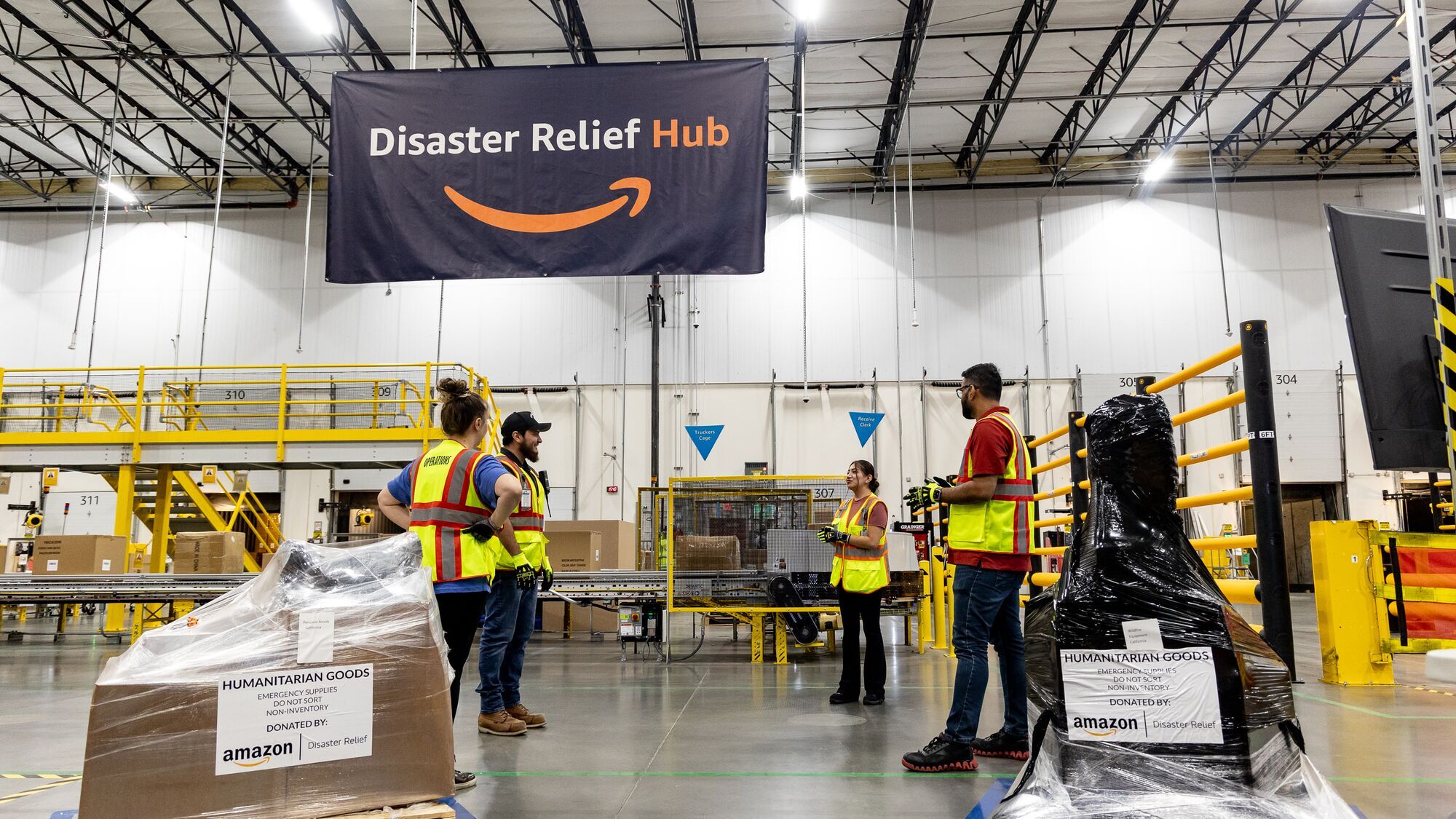
SAN BERNARDINO COUNTY – Amazon announced August 22, that it opened its first US wildfire disaster relief hub in one of its fulfillment centers in San Bernardino County.
Amazon says the hub will enable them to swiftly deploy critical relief supplies to communities affected by wildfires across the U.S.
“Prepositioning relief supplies is crucial for delivering aid quickly during fast-moving wildfire events,” said global director of Amazon community impact Alice Shobe.
Shobe goes on to say that the hub’s location near Amazon Air facilities and their ground transportation network ensures that they can get relief items to disaster response organizations that have a proven ability to receive and distribute these donations to impacted communities.
These organizations include American Red Cross, Good 360, After The Fire, and All Hands All Heart.
14% increase in extreme wildfires by 2030
According to the news release, the United Nations projects a 14% increase in extreme wildfires by 2030 due to climate change.
Amazon says a dedicated facility where items are ready to be shipped allows them to send help in less than 72 hours. They say this is faster than if teams had to pack and consolidate the products from different facilities across the country.
The company has over 6,000 items stored which includes wildfire mitigation equipment such as axes, goggles, masks, rakes, shovels, smoke pumps, and soil sifters.
In addition, personal supplies including fire-safe rubber boots, high-particulate matter filtration respirators, hydration packets, neck gaiters, specialized gloves, and trauma kits.
14 disaster relief hubs worldwide
Amazon now operates 14 Disaster Relief Hubs worldwide, including their first European hub in Germany, which launched earlier this year.
Amazon says since 2017, their Disaster Relief and Response has donated over 24 million relief items to support more than 160 disasters worldwide, including wildfire-impacted communities in Maui, Chile, and Colombia.
Their Disaster Response team also helps community partners assess fire damage, monitor new hot spots, track emerging fires, and use aerial surveillance to create maps that aid in decision-making and preventative response efforts.
RELATED: Amazon Harnesses AI at Baldy Mesa Solar Farm Amid Safety Concerns

